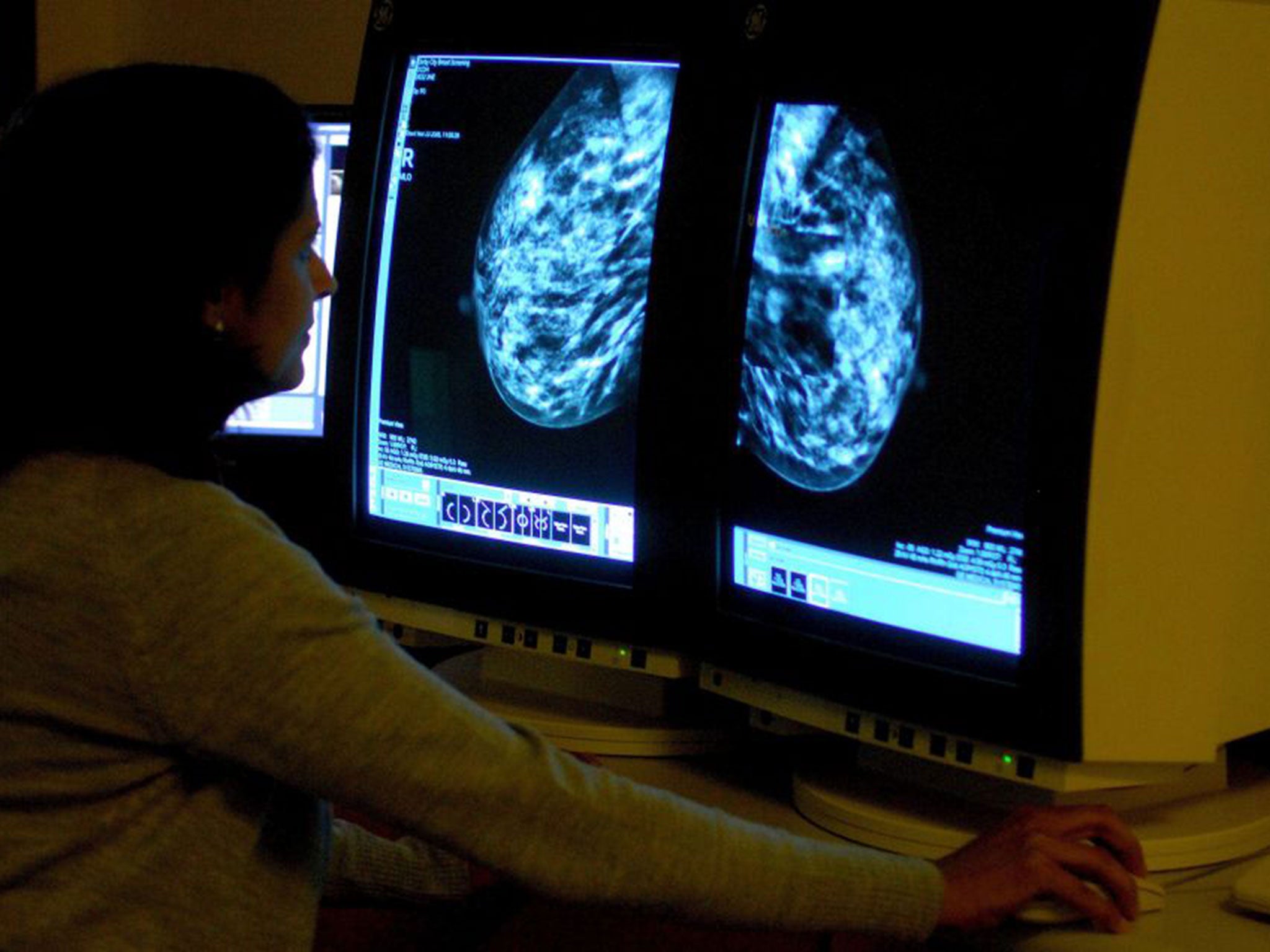Three signs to tell if a breast lump is normal or abnormal
Ideally women of all ages should check their breasts every four to six weeks

The prospect of finding a lump on your breast is daunting, however getting to know your breasts and understanding which lumps are a sign of abnormality could have a huge impact on your health.
Despite the fact 80 per cent of breast lumps are benign, a 2005 study, reported by ABC, found certain kinds of lumps can reveal your likelihood of developing breast cancer.
Therefore, paying attention to your breasts now and recognising any lumps is important for your future health.
Below are three things you should look for when examining your breasts, which may help to make clear whether any lumps you find are normal or abnormal.
However, none of this information should substitute that from your doctor and it is important to go straight to your GP if you do feel any kind of lump.
1) Abnormal lumps are hard to the touch
Abnormal breast lumps typically feel solid and do not move around easily under the skin. These abnormal are generally tumours.
It is possible for these tumours to be benign, however any hard lumps on your breasts should be evaluated by a doctor.
Soft lumps such as cysts - smooth, firm, fluid-filled lumps; fibroadenomas, which are firm but move around easily on the breast; as well as tissues, fat and milk ducts and lobules inside breasts are normal and should not usually pose any risk.
Breast cancer survivor gets double-mastectomy tattoos
Show all 62) Abnormal breast lumps are accompanied by other changes
A dangerous breast lump is usually accompanied by physical changes such as suddenly inverted nipples, dimpled breast skin, changes in size or shape.
Nipple discharge that is that is yellow, brown, red or bloody is something to pay attention to especially if it is present in just one breast.
Some lumps appear on their own, with no additional changes to the breast, but should still be investigated by a doctor.
Pain in your breasts, which reappears at the same point in your menstrual cycle each month is not usually a sign of breast cancer.
Also redness or inflammation, especially among women who are breast feeding is more likely to be an infection called mastitis, which should be treated by a doctor, Bustle reports.
3) Abnormal lumps are not usually present in both breasts at the same time
Generally, abnormal lumps are only found in one breast and are not mirrored by a lump in the other.
If you feel a lump in one breast, and then find a lump in the same place on the other breast, you are most likely feeling lumpy tissue.
According to the National Cancer Institute, "If both breasts feel the same, it may be normal. Normal breast tissue can sometimes feel lumpy."
Ideally women of all ages should checking their breasts every four to six weeks so they can spot any unusual changes quickly and which may save their lives, according to Breast Cancer Care.
This week saw World Cancer Day, a campaign which started in 2000 to promote research, improve treatment and raise awareness of cancer which affects 14.1m people across the world each year
Subscribe to Independent Premium to bookmark this article
Want to bookmark your favourite articles and stories to read or reference later? Start your Independent Premium subscription today.

Join our commenting forum
Join thought-provoking conversations, follow other Independent readers and see their replies